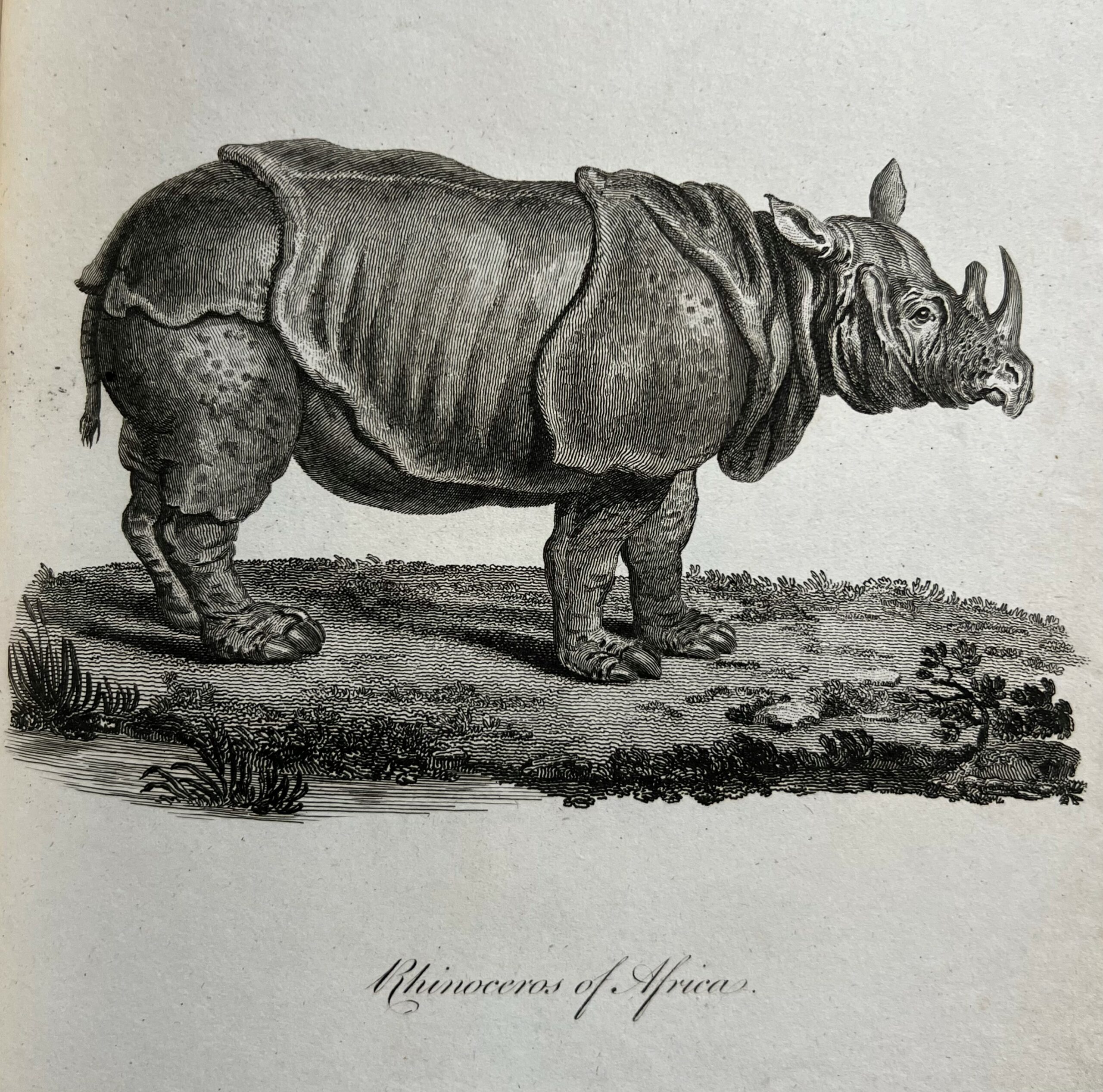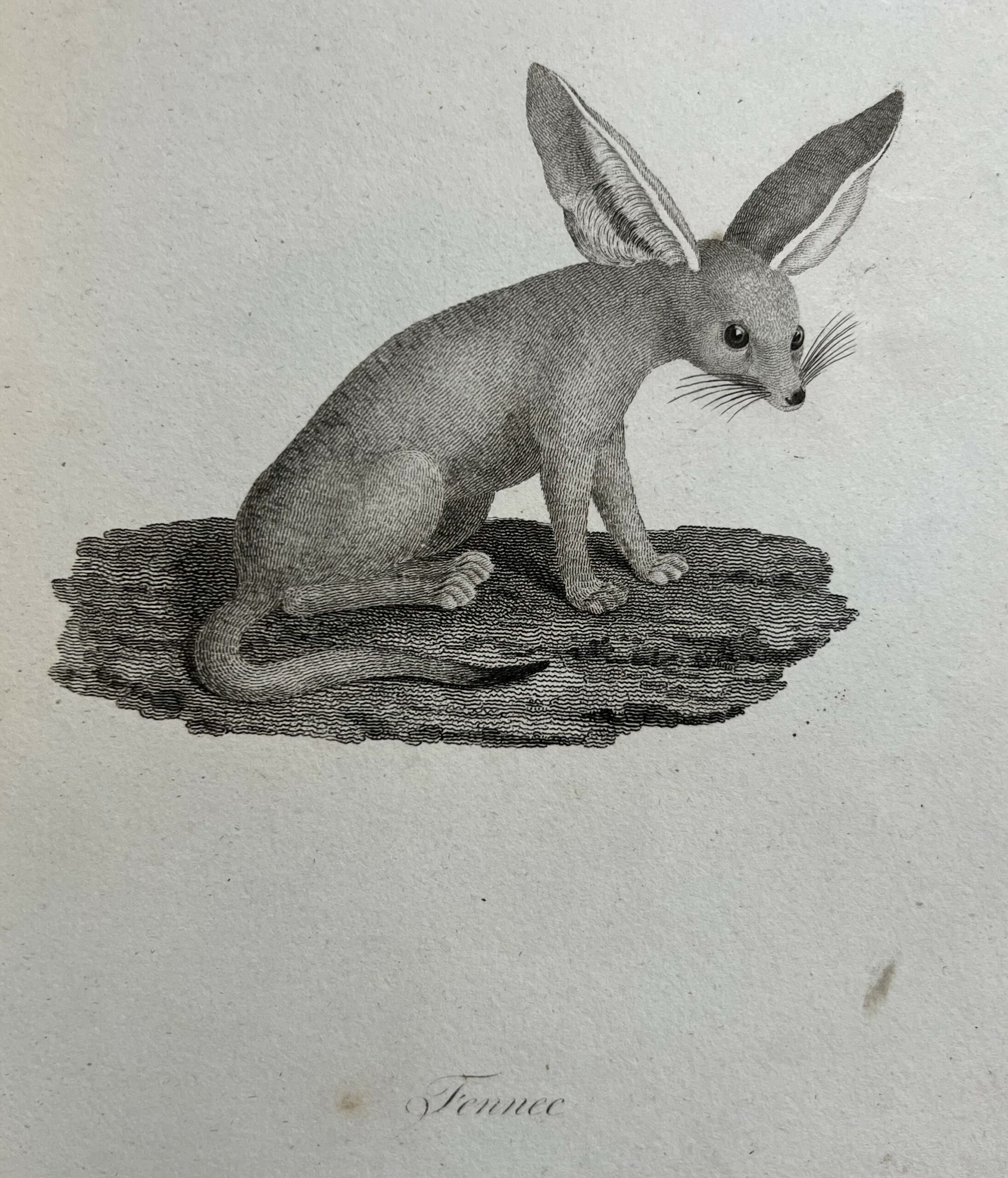James Bruce of Kinnaird (1730-1794)

Travels to discover the source of the Nile (Edinburgh, 1804)
 James Bruce was a Stirlingshire landowner who made his money from coal. Ambitious and adept at languages, he obtained the position of Consul-General at Algiers in 1763 but soon discovered he lacked the temperament for a career in diplomacy. He left Algiers in 1765 and travelled through North Africa and the Near East in preparation for fulfilling his lifelong ambition to visit Abyssinia (now Ethiopia).
James Bruce was a Stirlingshire landowner who made his money from coal. Ambitious and adept at languages, he obtained the position of Consul-General at Algiers in 1763 but soon discovered he lacked the temperament for a career in diplomacy. He left Algiers in 1765 and travelled through North Africa and the Near East in preparation for fulfilling his lifelong ambition to visit Abyssinia (now Ethiopia).
He eventually arrived at Massawa, in present-day Eritrea in 1769. From there he set out for Abyssinia, becoming only the second Westerner since 1630 to visit the kingdom. He found favour with the Emperor who appointed him governor of Ras-el-Fil on the Sudanese border.
Travelling through the country, Bruce discovered the springs of Gish which flow into Lake Tana, but realised that these were only one of several sources of the Nile. Returning to the Abyssinian capital of Gondar at the end of 1771, he found the kingdom in chaos, and became involved in a bloody civil war. He was finally able to leave Abyssinia at the end of 1771, laden with a vast number of specimens, and a manuscript of the apocryphal book of Enoch (which he presented to the Bodleian Library in Oxford on his return to England). He decided to travel to Egypt via the dangerous route across the Sudanese desert, and after much hardship (in which he almost lost all his books and specimens), he eventually reached Marseilles in 1773, over ten years after leaving Italy for North Africa and the Near East.
 Bruce published his Travels to discover the source of the Nile in 1790 and intended it to equal, if not outdo, Captain James Cook’s incredibly successful publication, Voyage to the Pacific Ocean (1784). Despite accusations of inaccuracy, Bruce’s Travels is widely thought to be one of the greatest travel accounts of the 18th century, particularly on Abyssinia. It is a tale of courage and scholarly endeavour combined with excessive self-belief and self-promotion. However, it paints a unique picture of a complex and fascinating country long unknown in the West and remains one of the greatest European travel narratives of Africa before it became subject to the colonial ambitions of Europe.
Bruce published his Travels to discover the source of the Nile in 1790 and intended it to equal, if not outdo, Captain James Cook’s incredibly successful publication, Voyage to the Pacific Ocean (1784). Despite accusations of inaccuracy, Bruce’s Travels is widely thought to be one of the greatest travel accounts of the 18th century, particularly on Abyssinia. It is a tale of courage and scholarly endeavour combined with excessive self-belief and self-promotion. However, it paints a unique picture of a complex and fascinating country long unknown in the West and remains one of the greatest European travel narratives of Africa before it became subject to the colonial ambitions of Europe.
The first edition was issued in five beautifully illustrated volumes – an incredible miscellany of geographical adventure stories, historical narrative, and unique descriptions of the turbulent nature of contemporary Abyssinian life, with much added information of the region’s natural history. The Devon and Exeter Institution holds the second edition of 1804 which, having been edited by the reputable scholar Alexander Murray (1775–1813), has a more reliable text, including ‘whatever emendations and corrections [Bruce] intended to make for the use of the public’. It also includes a life of the late author compiled from his memoir, papers and literary correspondence.
Among those who have hitherto laboured in exploring Africa, the author of Travels to discover the source of the Nile, will probably be admitted to hold a distinguished place. Few have undertaken the difficult task of discovery with endowments of body and mind superior to his; and none have excelled him in the courage and perseverance with which he performed it… his narrative is always well written. His descriptions are animated … There are perhaps more sublime passages in his Travels, executed under the immediate impulse of genius, than are to be found in any other book of the kind.
The final volume contains many beautiful engravings of people, plants, birds, animals, plans of archaeological sites, and examples of Ethiopic or Amharic inscriptions and Egyptian hieroglyphs. Bruce employed the Italian artist Luigi Balugani (1737-1771) to accompany him to make sketches and maps.
This artist was … the only Italian who would consent to undertake a journey into Africa. Under Mr. Bruce’s direction he became an expert and able draughtsman. The number of drawings which they executed together is, indeed, surprising. They delineated the ruins of all the ancient cities in the north of Africa, of Balbec and Palmyra, besides many articles in natural history, in a manner which the best judges have honoured with their approbation.
Balugani died at Gondar in Abyssinia in February 1771.





